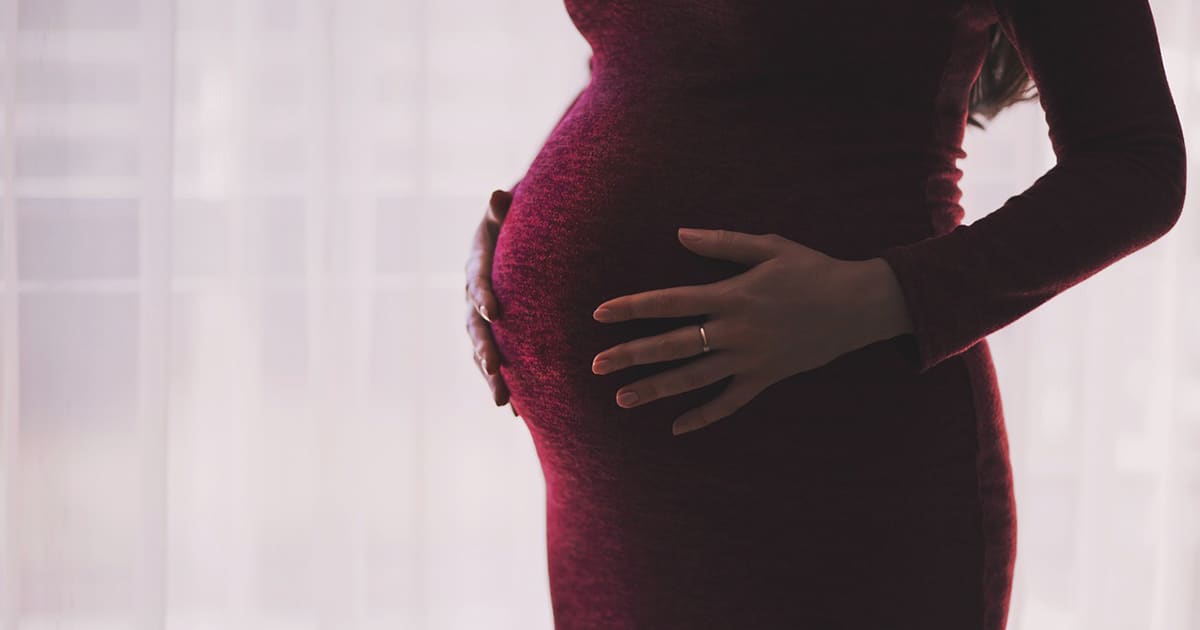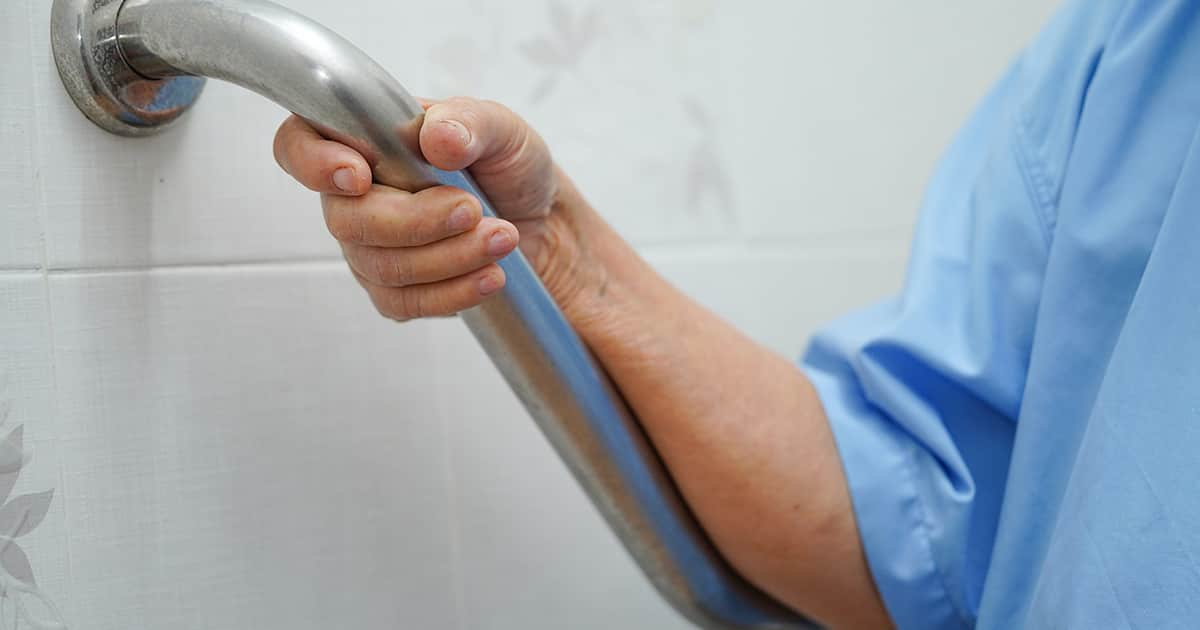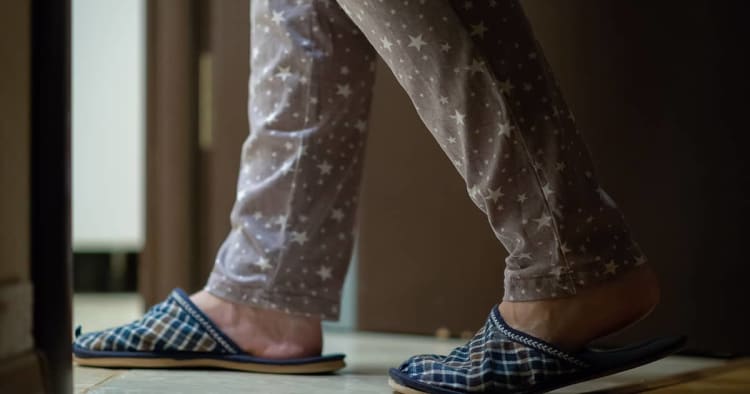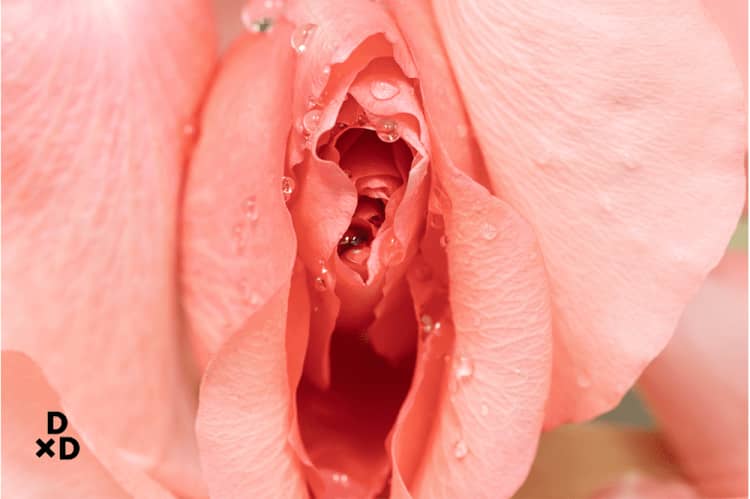Incontinence, nocturia, urine discolouration, and microscopic hematuria are common urinary symptoms that may point to different underlying conditions. Both male and female patients can suffer from these symptoms.
It is important not to pass these off as a normal part of aging or of life, and let urinary symptoms go unmanaged. Treatments and help for male and also female urinary conditions are available in Singapore.
Dr Shirley Bang, a urology specialist in Singapore, has recently responded to questions from Human readers relating to incontinence in women and other urination-related concerns. Here is what she shared.
What is incontinence?

Incontinence can be described as a lack of voluntary control over urination or defecation. Incontinence can affect not just elderly men and women, but women who have just given birth as well.
Incontinence can be present in various forms and with varying levels of severity. [1]
Patients with urge incontinence typically:
- have to go to the toilet more frequently
- pass out small amounts of urine
- and suffer incontinence if they do not reach the toilet in time.
On the other hand, patients with stress incontinence may leak urine when they cough, sneeze, or exert themselves.
Many people living with incontinence have to manage their condition using adult diapers and/or lifestyle adjustments.
Is urine incontinence common after pregnancy and childbirth?

Yes, it is common for women to experience some degree of stress urinary incontinence many years after pregnancy and childbirth.
It can range from mild and infrequent to severe and frequent incontinence. [2]
Why does urinary incontinence occur in some women after childbirth?

This is mainly because the pregnancy and childbirth process has weakened the pelvic floor muscles, which leads to poor support of the urethra and bladder.
In some instances, women might not experience any issues right after childbirth. In fact, some women who have given birth will not have any bladder problems until they reach their 40s. [3]
Why might women suffer incontinence in old age?

Incontinence is quite common in the elderly. Apart from stress urinary incontinence, urge incontinence (also called overactive bladder) happens when incontinence is associated with urgency, frequent visits to the toilet in the day or night.
This can be related to a post-menopausal state in women, and prostate enlargements in men.
In this group of patients, incontinence can cause social isolation and emotional distress. [4]
What is nocturia and what causes it?

Nocturia is a condition where patients find themselves waking up at night because of an urge to urinate. There are many causes of nocturia, including high fluid intake, sleep disorders, prostate enlargements, or other medical conditions such as obstructive sleep apnoea (snoring).
Fortunately, there is medication to help reduce symptoms of an overactive bladder. Treatments can also include modification of lifestyles such as restriction of fluid intake before sleep and bladder training. [5]
What causes urine discolouration?

Some factors that often lead to urine discolouration are dehydration (causing concentrated urine), blood in the urine, and jaundice. Urologists will check for blood in the urine as this can be caused by an infection, urinary stones, or growths. A full physical examination will be needed. [6]
What is microscopic hematuria and what may cause it?

Another urinary condition called microscopic hematuria refers to red blood cells being present in the urine. These blood cells are not visible to the naked eye so patients cannot see the blood during urination. This is usually detected during a health screening.
Urologists can screen patients for:
- infection,
- urinary stone diseases,
- and growths related to recurring microscopic hematuria.
These are the main diagnoses related to blood in the urine.
Incontinence and other urinary conditions are usually dismissed as a normal part of the aging process. However, they can often be treated and managed properly to allow for a better quality of life. Patients can seek an evaluation by a urologist and follow the treatment plan they have been given. [7]
Would you like to ask any related health questions?
You can Ask A Doctor right away, or view the complete list of Human Sessions.











